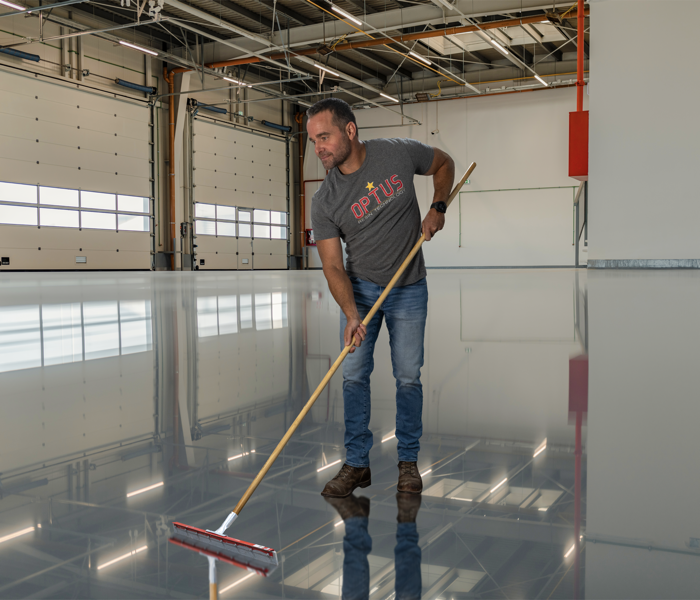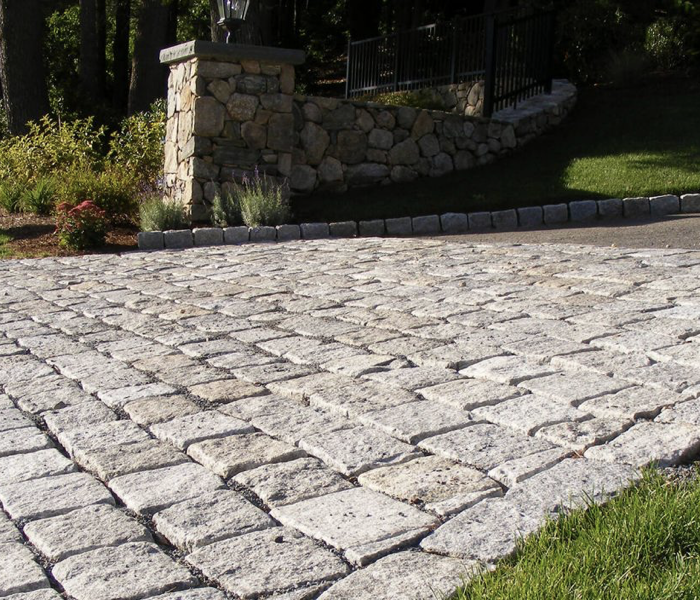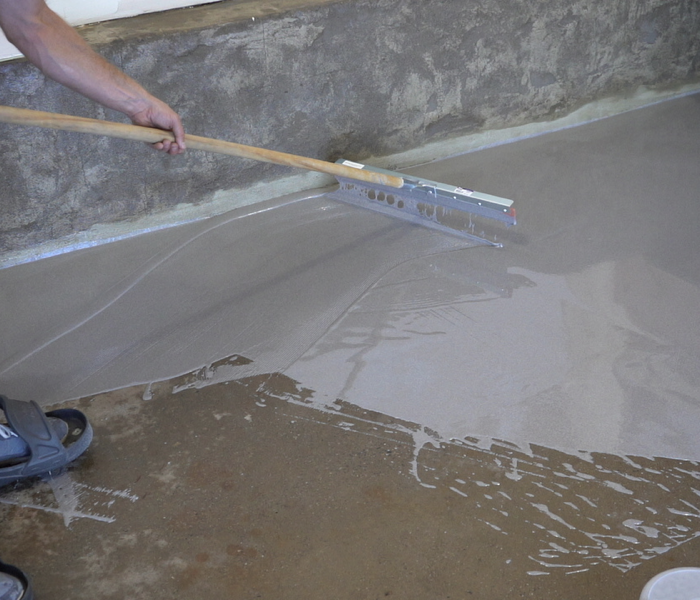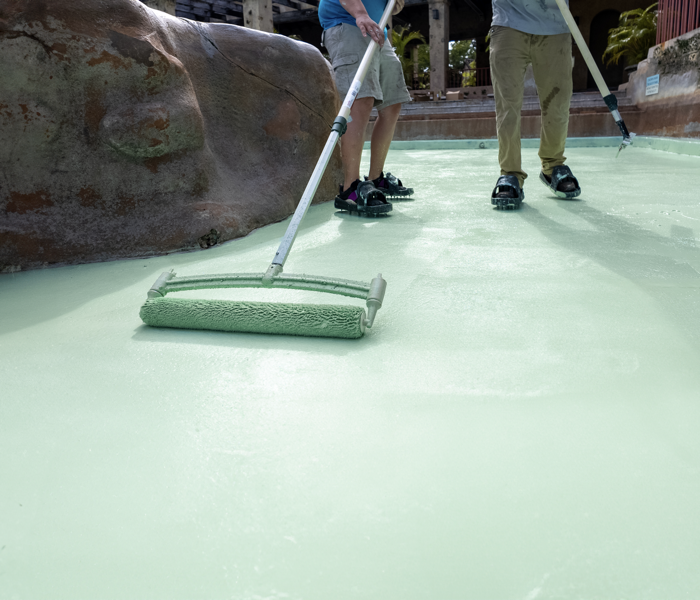Preparing the ground for a resin driveway can seem overwhelming. This article will guide you through each step to make sure your driveway stands the test of time.
Assessing the Existing Surface
Assess the existing surface to determine its stability and suitability for resin application. Consider whether it requires any repairs or adjustments before proceeding with the installation process.
Ensure stability and suitability for resin application
Evaluating existing surfaces is key to guaranteeing the ground’s readiness for a resin driveway. Experts check for surface stability, ensuring that it has enough solidity to support the resin material without cracking or shifting.
They look into drainage needs as well, confirming that water can effectively flow away from the driveway to prevent puddles and erosion under the new surface.
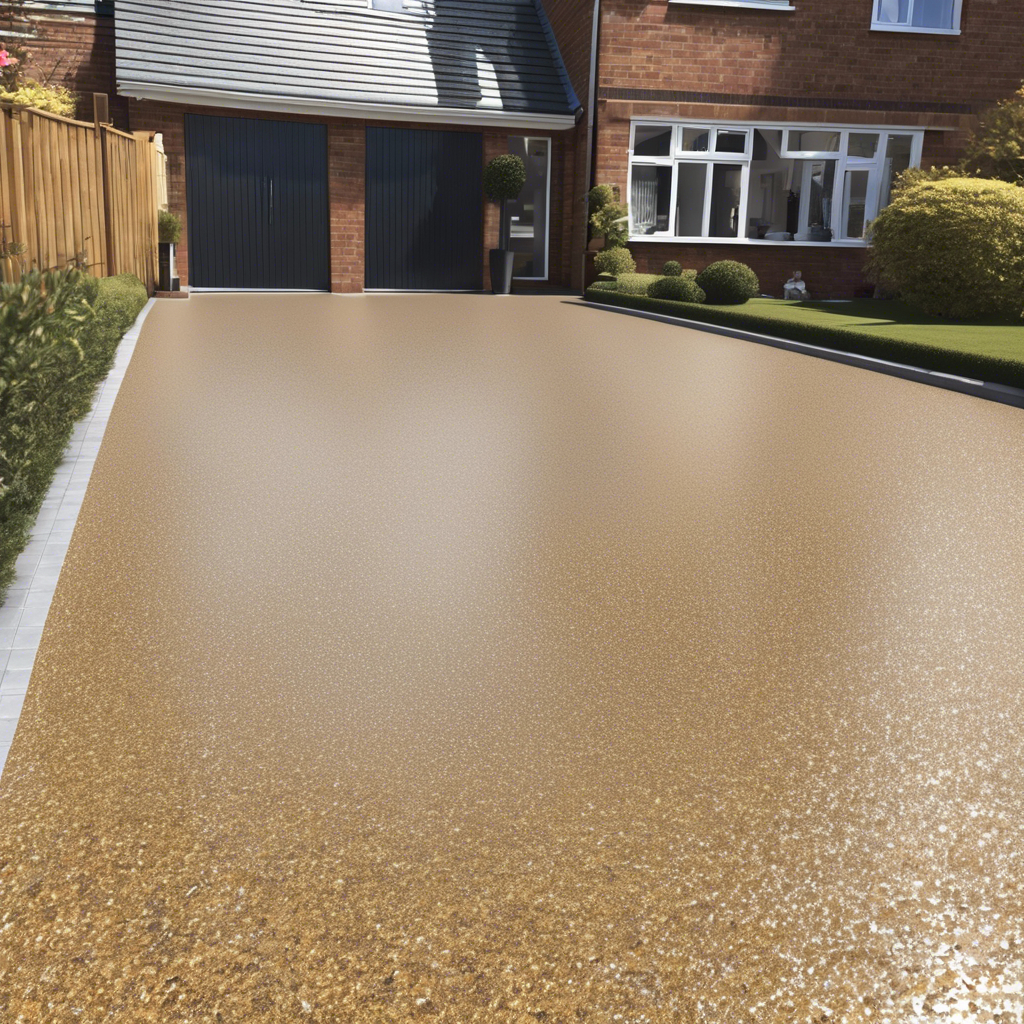
Next, professionals ensure that the base beneath is perfectly suited for resin application. This involves adjusting based on whether a porous or non-porous base is required.
All these steps are critical in maintaining long-lasting performance and durability of a resin driveway while meeting all specified thickness applications and weather considerations during setup.
Creating a Suitable Base
To create a suitable base for your resin driveway, consider the installation of a porous or non-porous base depending on drainage requirements. For detailed information on this crucial step, delve into our article for expert guidance and tips.
Installation of a porous or non-porous base depending on drainage requirements
Selecting the right base for a resin driveway is crucial for effective water management. Depending on your specific drainage needs, you might choose either a porous or non-porous sub-base.
A permeable base is essential if your goal is to ensure proper water drainage through the surface, in compliance with SUDs regulations. This means installing a substrate that allows water to freely percolate down, preventing any surface runoff or pooling.
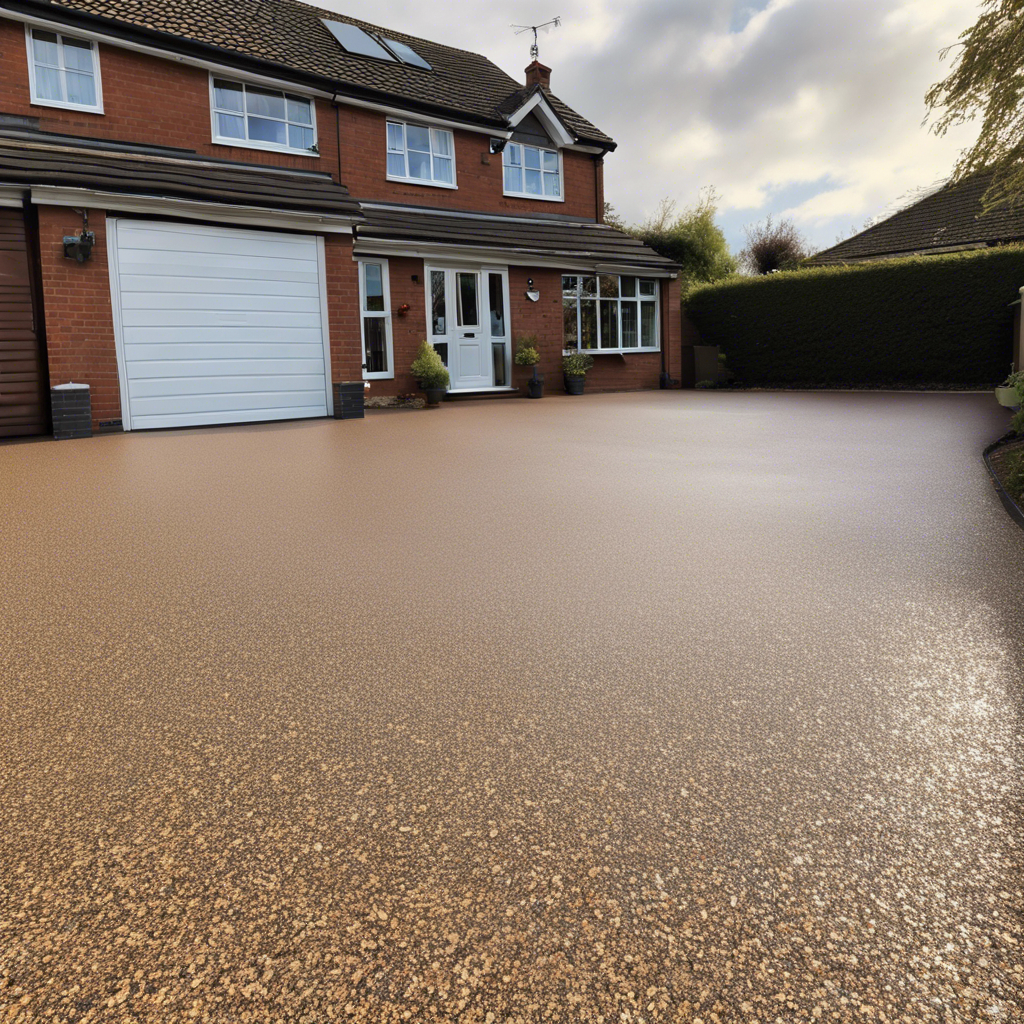
For areas where heavy rain is common, opting for a porous foundation will allow rainwater to filter through quickly, reducing the risk of flooding and maintaining the durability of the driveway.
On the other hand, in settings where drainage can be managed externally and does not rely on permeation through the drive’s surface, a non-porous base could suffice. Following basic sub-base instructions ensures that whether choosing a permeable or impermeable option, the driveway will have adequate support and correct concrete level drainage to handle surface water efficiently.
Final Surface Preparation
Before applying resin, clean and dry the surface thoroughly. Power washing may be used as long as it does not damage the existing surface.
Cleaning and drying the surface before application
Cleaning and drying the surface before application is crucial for a successful resin driveway. You must ensure the surface is fully dry and free from any contaminants. This step prevents potential issues with adhesion and longevity of the resin flooring.
Use a jet wash to thoroughly clean the surface, removing dirt, leaves, and other materials that could interfere with the resin bonding process. After jet washing, allow ample time for the area to dry completely before proceeding with resin application.
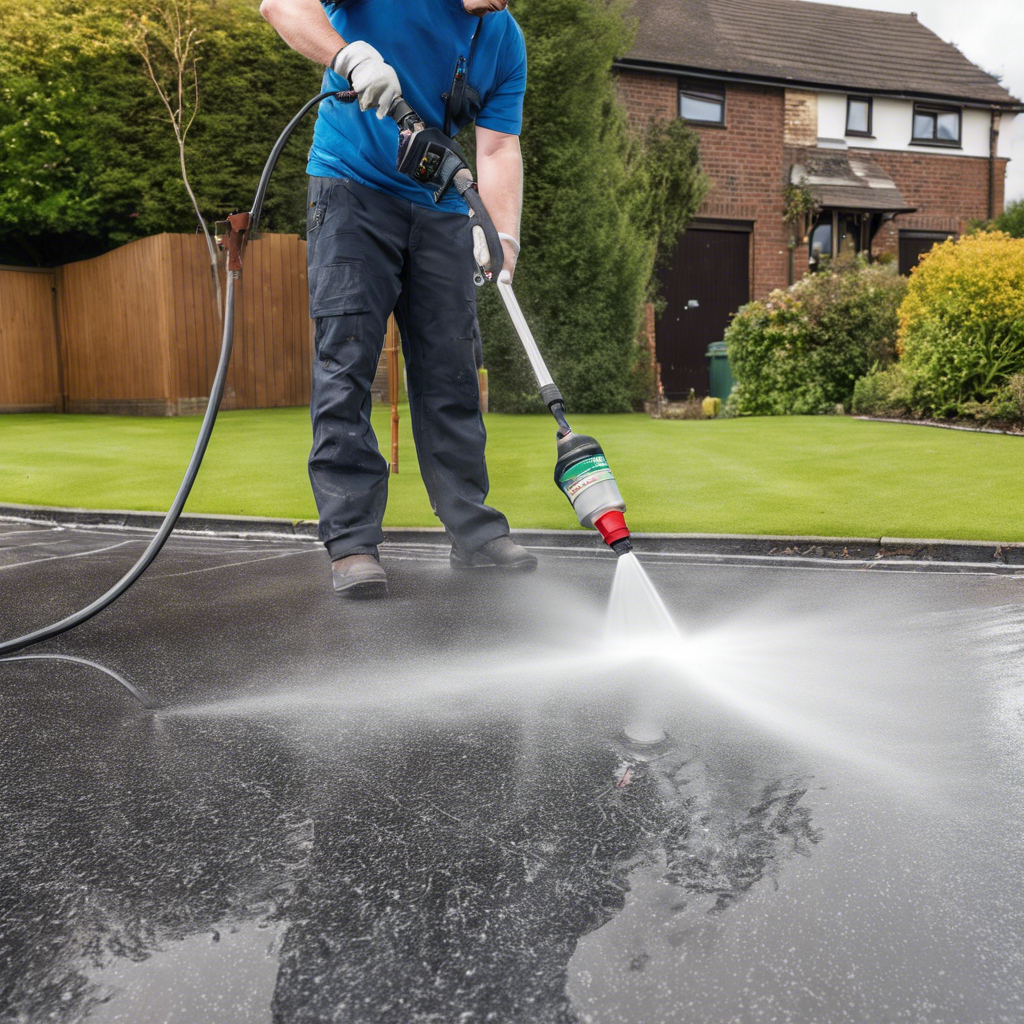
You can power wash a resin driveway. It is generally safe and effective in removing dirt, debris, stains, and other impurities. However, it must be done correctly and with caution to avoid damage to the surface.
For more detailed information, check out our guide on how to properly power wash a resin driveway.
Conclusion
Prepare the ground for a resin driveway by assessing the existing surface for stability and suitability. Create a suitable base, whether porous or non-porous, based on drainage requirements.
Clean and dry the surface meticulously before application to ensure a successful installation. Avoid using granular sub-base, and consider porous concrete or tarmac/asphalt as the best options.
Lastly, ensure that the surface is free from contamination or water prior to application to achieve optimal results.
FAQs
You need to clear the area of any vegetation, debris, and loose soil. Then, compact the soil and lay a suitable sub-base material.
Yes, you may need basic landscaping tools such as a shovel, rake, wheelbarrow, and plate compactor for proper preparation.
Yes, but proper cleaning and priming are necessary before laying the resin-bound aggregate to ensure adhesion.
The time required depends on factors like the size of the area and its current condition; typically it takes several days to complete all necessary preparations.


